On The Record with Mark Carney of USA Water Polo
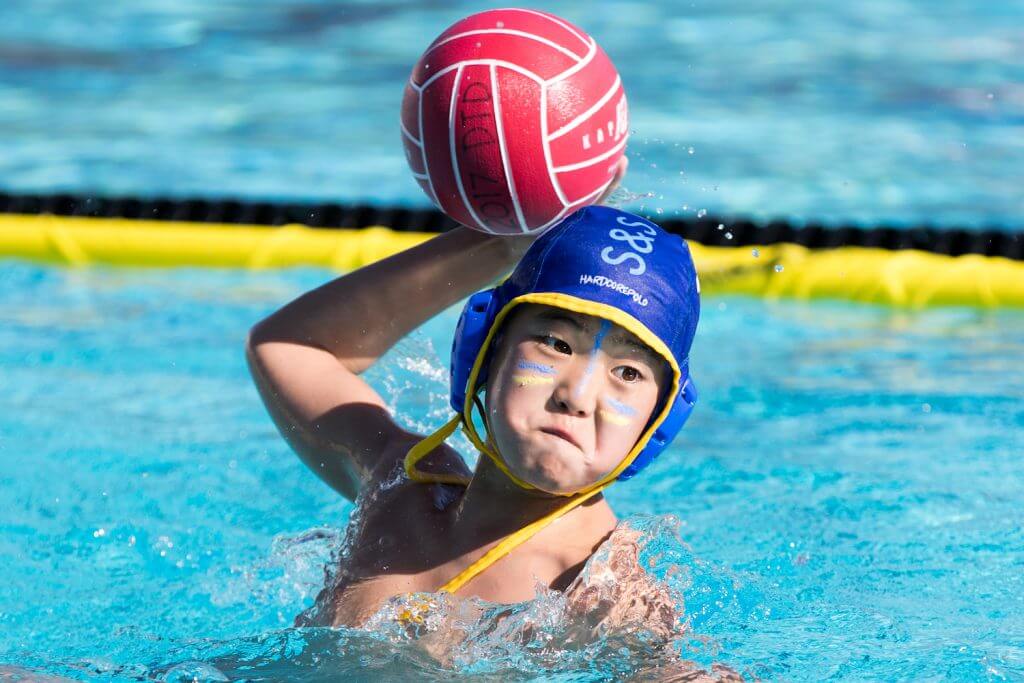
By Michael Randazzo, Swimming World Contributor
With its signature event, the Junior Olympics—known simply as the JOs—less than three weeks away, USA Water Polo continues an ambitious plan to grow the sport in America. Today’s national relaunch of the organization’s Splashball program is a decisive move to capture the aquatics allegiance of children ages 5-11. With content in swimming and polo from Olympians Brenda Villa and Genai Kerr, the reconfigured splashball program offers all the fun and excitement of polo in a non-contact, shallow-water version, all while promoting a healthy diet and physical fitness.
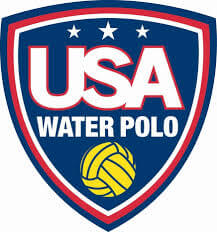
That Mark Carney, USAWP’s Director of Sport Growth is at the forefront of this rollout is both completely logical and somewhat ironic. A native of England, the country that spawned the sport as “water rugby,” he came to the U.S. as a teenager following the path of rugby and not polo. An active athlete in high school and college, from 2012 – 2017 Carney was involved in the meteoric growth of youth rugby through stints with USA Rugby South and Rugby NorCal.
Hired by USAWP last July, he hit the ground running, touring the country to take the temperature of polo in every promising aquatic corner in America. Carney is now is at the forefront of USA Water Polo’s plans to transition polo from a regional sport dominated by Californians to a national one with an expanding footprint throughout the country.
Last month Swimming World posed a series of questions to Carney about his experience growing rugby in America, the switch to an entirely different sport, his position with USAWP—created specifically for him—promoting polo, and his impressions of the upcoming JOs, which from July 21 – 29 will bring more than 9,000 young athletes together for hundreds of matches in San Jose, California.
– You represent an interesting choice to grow water polo; someone with no prior polo experience who has enjoyed notable success building youth involvement with another sport, in this case rugby.
The move from Rugby NorCal to USA Water Polo has been relatively smooth. There is always a learning curve when you transition between jobs, but fortunately, the sports non-profit world is a small and tight-knit group, and everyone in the office was eager to bring me up to speed.
Starting with USAWP last July, I was thrown straight in at the deep end as I started just before the 2017 Junior Olympics in Orange County. This event gave me perspective on the sport of water polo and its potential in the United States. I saw the passion, culture, camaraderie, teamwork and respect that all of the athletes exhibited towards the sport, their opponents, the officials, coaches and spectators.
Once I was a part of that amazing experience, it reinforced what I had hoped, which is that water polo and rugby share a similar bond in terms of peoples’ fanaticism and respect for each sport, but—more importantly—the culture that surrounds rugby and polo ensures that every single participant and fan can fall in love with their sport and continue to be involved for a lifetime.
– What sport did you play growing up?
I grew up in England and moved to the US when I was 16 years old. I was fortunate to be offered a place at one of England’s oldest boarding schools, Sedbergh School in Cumbria when I was 10. It was there that I was exposed to a plethora of sporting opportunities; everything from rugby—which was my main sport—to cricket, soccer, squash, kayaking, swimming, climbing, caving, tennis, track and field.
I feel privileged to have had so many amazing opportunities to play sports, and compete in them all over England at the schoolboy level. The one sport that stayed with me, and that I actively pursued once moving to the US, was rugby.
– If there was a youth sport over the last decade whose popularity has boomed, it’s rugby! How does the growth of water polo compare with what you experienced in your previous role with Rugby NorCal?
The two sports share a lot in common; much like water polo, a good chunk of USA Rugby’s membership base resides in California. Compared with water polo rugby has a more established base outside of California. Where polo has a clear edge is that it’s recognized by the NCAA as a varsity collegiate sport, and many state athletic sanctioning bodies (CIF – California, OSAA – Oregon, etc.) recognize water polo as a varsity high school sport.
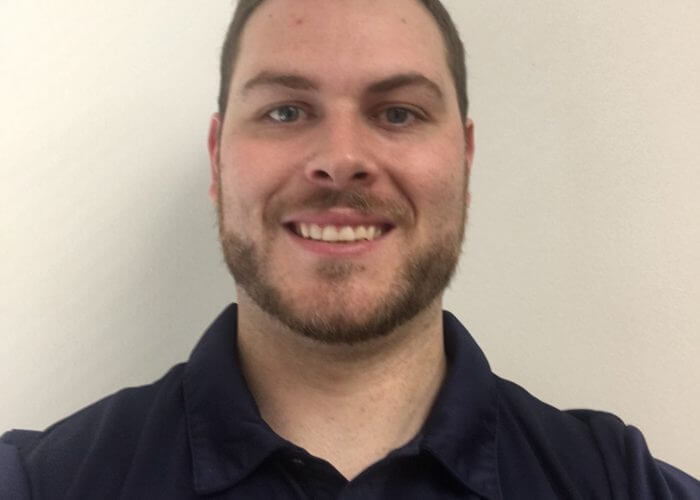
Photo Courtesy: Mark Carney
Where rugby has suffered is colleges are pretty much doing it on their own, except Massachusetts, which has recognized rugby as a varsity HS sport. All the state-based youth and HS rugby organizations are constantly fighting the good fight, but without a whole lot of financial or organizational support.
The potential for water polo in the US is massive; it’s a fun and addicting sport. But that’s where a major barrier to entry at USAWP currently lies; major parts of the country simply have no infrastructure, or any real knowledge of the sport.
Our new Splashball program hopes to bridge that gap by exposing children in the most formative years of their lives to an aquatics-based team sport with a ball and goal. Splashball provides a stable and enjoyable entry-level introduction to water polo, and it can happen in almost any pool. It can even be run in a gym if you don’t have access to water all the time.
The curriculum is introductory, leaving us plenty of room for development of new and exciting lessons, learning techniques, skills and drills. It also gives us a platform to scale the program’s release across the country.
– In your role as Director of Growth for USAWP you’re literally crisscrossing the country. Where do you see the brightest future for polo outside of California?
I have been fortunate this past year to be able to get out into the community and experience what each region is doing with water polo, and how each region is developing competition, leagues, tournaments and development programs around their own set of unique challenges and barriers to entry.
One singular approach isn’t a blanket solution to a bigger problem, but having listened to coaches, officials, program managers, and parents around the country, it is clear that there are three main things that we need to prioritize in order to see greater success in terms of annual growth and retention of members:
Playing opportunities – Outside of California, the play opportunities for clubs are limited. Having an established club infrastructure and a more readily available access to water allows CA to host many tournaments on any given weekend, not to mention organized and sanctioned club leagues as well as CIF-sanctioned HS water polo. Outside of CA, you just don’t get enough time in the pool playing against good competition.
Resources – Spending a lot of time in the field last year allowed me to see that many of our program administrators are well meaning moms and dads who got roped in and fell in love with the sport that their child plays. These parents may have experience in youth sports, but not that much governing experience or much/any water polo knowledge or experience. While water polo knowledge/experience is by no means a pre-requisite (I am a good case in point), we want all these programs to find success and continue growing. USAWP can help by providing resources to make the administrative workload as painless as possible and make growth and revenue-generating opportunities accessible.
Exposure – It is clear that if we are going to make waves as a sport, we need to find our way into people’s lives on a more regular basis. Exposure to the sport at a young and influential time in a child’s life is critical, which is why Splashball is such an important vehicle for growth. Our communications department does an awesome job with engaging and interesting social media and news story series such as the Diversity in Water Polo series that just concluded.
These sorts of stories, as well as grassroots marketing and outreach to get youth and HS water polo on local TV, whether in the form of a TV story about how the City Parks and Recreation department plans on rolling out Splashball, HS and Masters water polo programs where none previously existed in El Paso, TX., or a feature in the Wall Street Journal about how Chris Judge, a Master’s player in New York, spends his year training to prepare himself for Masters Nationals.
These stories are great, and the more we can expose the general population to the sport, the better chance of success we’ll have.
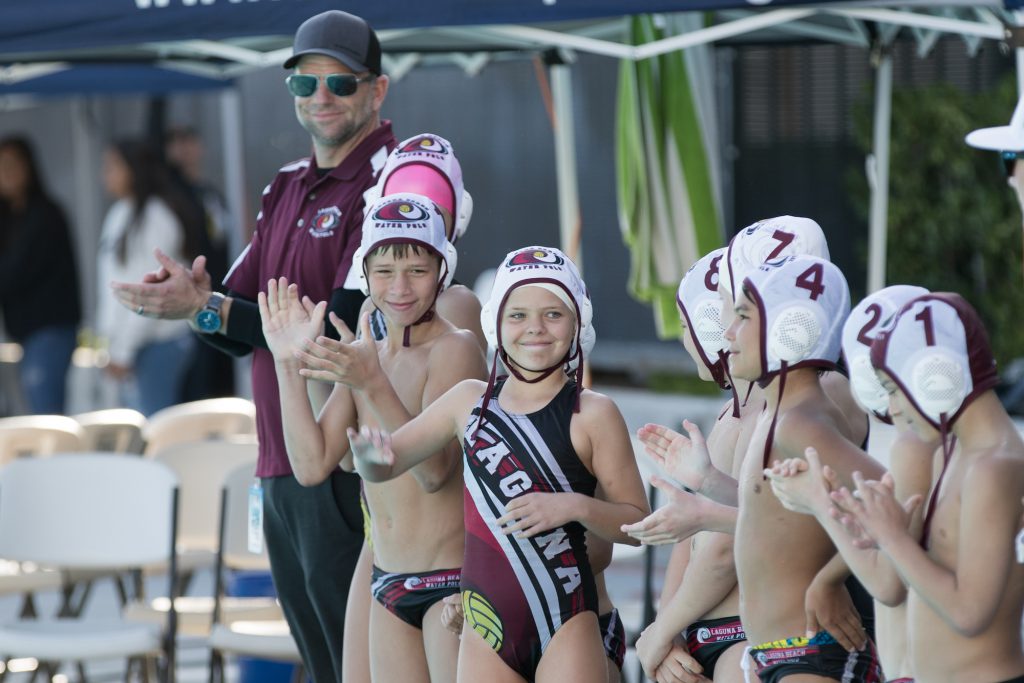
Photo Courtesy: USA Water Polo/Jared Gray
– Taking a different approach to splashball, USAWP is hoping to further the growth of polo. Who is your typical target for splashball and who will you partner with to grow this program?
This new release for Splashball is really about accessibility and ease of use. If you are a sports administrator at a YMCA for example, how open would you be to add additional programming in a new sport that you haven’t heard of before, with limited help and resources available? My guess—and what a lot of outreach has confirmed—is that new programming is likely to be rejected unless it is presented in such a way to allows anyone to deliver it, regardless of their experience with the sport.
Splashball 3.0, if you will, has taken the great work of USAWP employees, and volunteers from around the country and put it in a more easily understood and functional format. I have to throw a big thank you out to USA Rugby here who allowed us to take their model for Rookie Rugby (USA Rugby’s Splashball equivalent) and adapt it for use in water polo.
The program operates on an eight-week model (one, one-hour practice per week) for eight weeks. This can be adapted into whatever you like. You could make it a four-week session with two, one-hour practices per week, or whatever is convenient. The goal was to make the curriculum as fun and fluid as possible so that the curriculum can be expanded as needed, and upon further interest/commitment from the participants, be scaled into “Intro to Water Polo”, and “Club Water Polo.”
A really exciting development for this program’s rollout is our partnership with KAP 7 to bring equipment to Splashball programs at an affordable price. Thanks to KAP 7, we are able to offer specialty pricing on the Splashball Polo Pod, which includes everything you need to run a practice from goals, to caps to balls all for the low price of $895. Full retail for this package is over $1,700 if bought separately, so we’re hoping that this affordable set up can attract facilities around the country to invest in equipment necessary to operate a Splashball program where none existed previously.
We’ve been working with the YMCAs of America on this new curriculum. Their national Aquatic Program Manager and I spoke shortly after I joined USAWP last July and have been in communication since. Talks are ongoing about a more active and involved partnership with regards to Splashball and the delivery model within the Ys, but I can’t comment any further at this time.
– In a couple of weeks Clearwater, Florida will host the UANA Pan American Championships for water polo. How will this event this further the growth of the sport in the U.S.?
International events like UANA provide a fantastic platform for us to showcase the sport. USAWP is investing heavily in this event as the west coast of Florida is a fertile ground for water polo growth.
During the event itself, we will be hosting numerous meet and greet lunches with constituents from multiple sectors, including representatives from the local school districts, principals and ADs from elementary, middle and high schools around the region, college and university representatives and ADs, as well as multi-sport organization leaders and aquatic program managers. These meetings will allow us to showcase the sport in their backyard with high level of water polo on display. An international flavor to the event should show promise for colleges and universities in the area as they all look to increase their diversity and international student populations.
During the event, we will also be activating with free Splashball clinics, a free splashball facilitator course, and high school water polo clinics. We have a great host team on site who live in the greater Tampa area, and are committed to the growth of the sport there, so the investment in time and human resources from our perspective is a no-brainer. For more information on these clinics and how you can get involved in the event, people can visit www.splashballusa.org or send an email to splashball@usawaterpolo.org
– Growth is a double-edged sword; it’s great to have the increased membership but an organization also has to expand its personnel to meet that demand. How do you envision USAWP absorbing this growth?
As is always the challenge when expanding programming or organizational roles/responsibilities, we need a team of staff members to execute the strategies involved in rolling out new programs or hosting new events. Our greatest assets are our coaches, and with the depth of our Olympic Development Program, USAWP is lucky to have a small army of “remote employees” around the country who have a vested interest in working with us on our grassroots activation efforts.
Our biggest challenge in being able to create a sustainable growth model are the three pillars of infrastructure: Coaches, Referees and Facilities. We have placed a huge emphasis on our investment in time and resources for our coach, administrator and referee members going forward because we know that a more knowledgeable and resource-backed coach or referee will be more likely to succeed and find enjoyment when they have materials to reference and learn from.
Moreover, the Splashball program enables us to engage facilities in which water polo has been non-existent, and potentially opens doors for local clubs or schools to build strong relationships with more facilities, which hopefully gains more access to water over time.
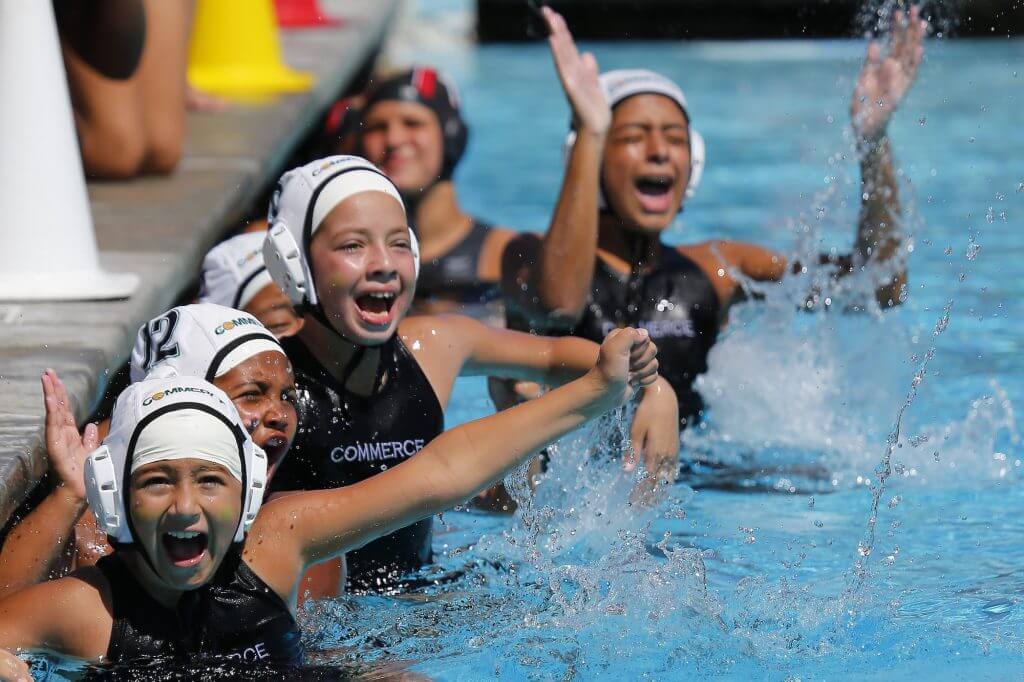
Photo Courtesy: USA Water Polo/KLC Fotos
– Junior Olympics are around the corner. How will USAWP use this national event to drive growth?
This is going to be my second JOs, but this year I will have a clearer idea of what I am supposed to be doing, and where I can help. As the largest water polo tournament in the world, JOs provides an unparalleled experience for our members and gives USAWP a platform to engage many of our members all in one spot at one time. This allows us to offer signature services and adds value to our membership including: college meet & greets for our athletes; a presentation from Brian Alexander on the mental aspects to the game and how to increase your edge in the pool through mental preparation; a possible presentation from one of our sponsors, Klean on the dietary and nutritional requirements to participate in water polo; and strategies and meal planning techniques to ensure you are properly fueled for competition.
This tournament is THE event of the season for many of our members; it’s what many of them work towards every year—and every year we have more and more new members being exposed to this event for the first time. I remember last year as a spectator visiting all the sites in Orange Country, the excitement and anticipation in the air.
I certainly felt it as a first timer and can only imagine what it is like for an 8 to 18-year-old to play in a facility like Stanford University, Chapman University or the Woolett Aquatics Center. This is the memory that we can create for every participant at the event, and it is our job to increase our reach around the country to ensure that more participants, coaches, referees, administrators, spectators and parents get to experience this incredible feeling and atmosphere.



